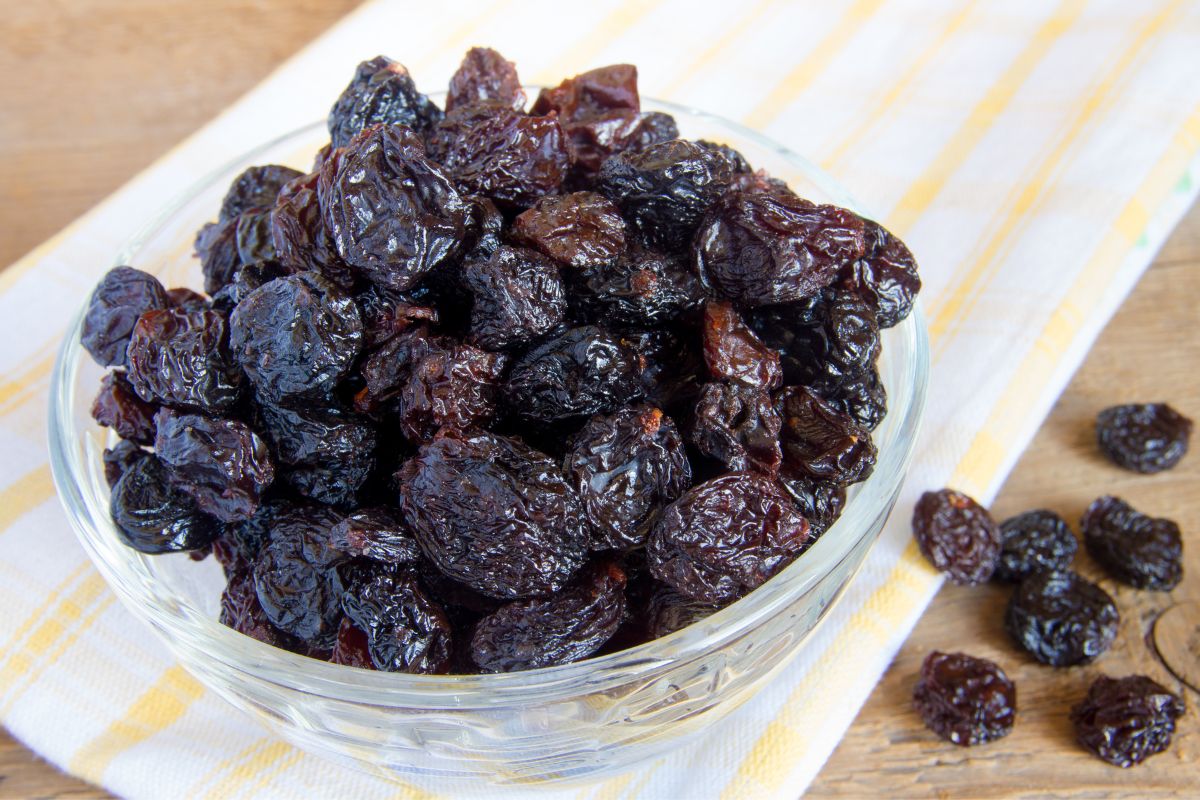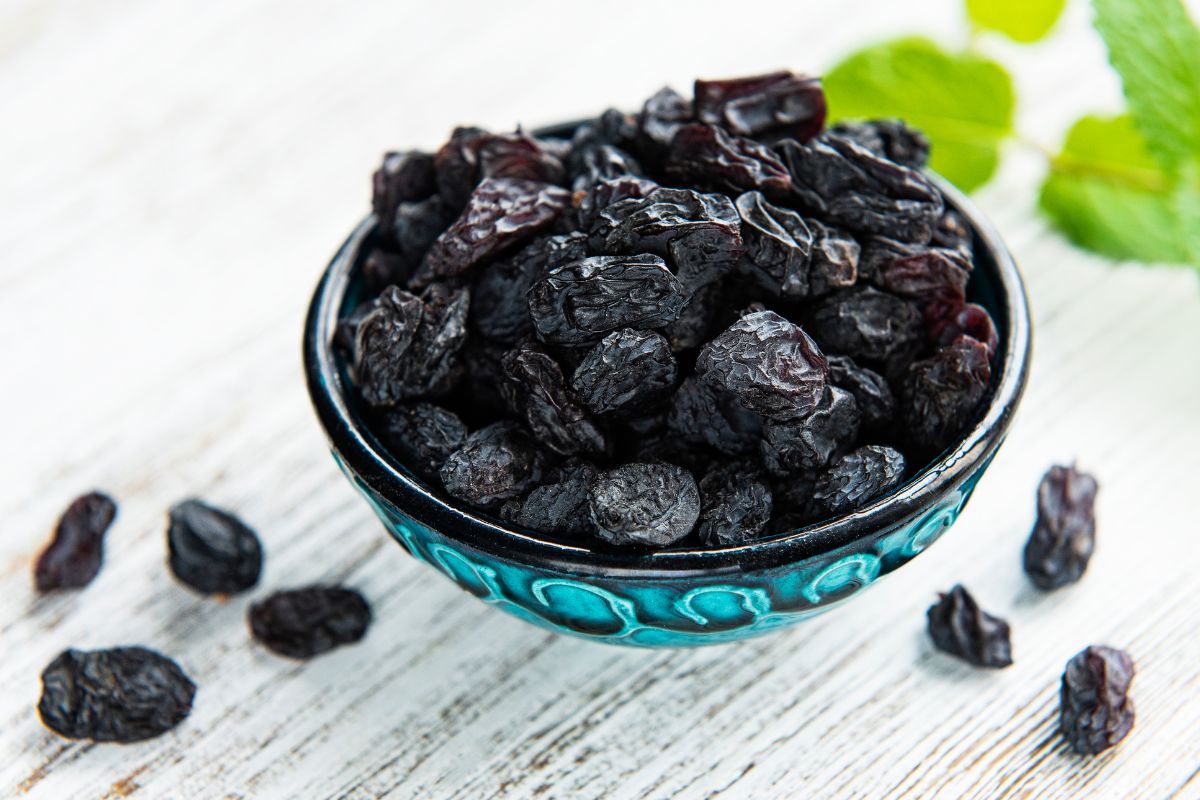Creative crafts are a great way to nurture your kids creativity and artistic skills. However, they are not the only type of crafting that you can do.
There are many ways in which you can bring crafts and science together in order to nurture your kids’ creativity and their logical, scientific thinking.

One of the best ways to combine these two skill sets is with the dancing raisins experiment. In this article, we will look at a step-by-step guide to this fun and entertaining activity that can while an afternoon away.
Materials
The best thing about this activity is that you only need a handful of things that you probably already have in your home. This makes it the perfect last minute activity that can make you feel like you are winning at parenting.
Raisins
Raisins are obviously the most important aspect of this activity or there will be nothing to make dance. However, it doesn’t strictly have to be raisins that you use.
Sultanas, raisins, and other similarly sized dried fruit can be used. Dried cranberries can be a fun option to add a different color to the activity.
The raisins should be separated from each other prior to the experiment or they won’t be able to dance. Also, small and medium sized raisins work best for this activity.
Empty Glass
You will also need an empty glass (see also “How To Make Glass Gem Marble Letter Magnets“) to help set the stage for your dancers. The size of the glass doesn’t really matter, except that the larger it is, the more raisins and soda you will need.
Just make sure that the glass is clear and preferably free from shapes and patterns in the glass so that you can see the raisins dancing properly.
Club Soda/Clear Soda
Finally, you will need some club soda or other clear soda to make the raisins dance in the glass. The type of soda you use isn’t really important, it just has to be clear so that you can see the raisins dancing.
It is best to use a brand new bottle of soda that hasn’t been previously opened to ensure that you have the most bubbles to help the raisins to dance more energetically.
Method
This is a super simple experiment that your children can do with minimal supervision to get their scientific and logical minds working.
Step 1
The first thing that you need to do is fill the empty glass with brand new soda. The type of soda you use doesn’t matter as long as it is clear. Club soda works well, but so does Sprite or 7up.
Remember not to fill it all the way to the brim as you have to leave room for the raisins.
Step 2
Once you have added the soda to the glass, allow the foamy bubbles to settle back into the soda and drop in a few raisins. Try not to overcrowd the glass as this can make it difficult for the raisins to dance.
At this point in the experiment it can be fun to encourage your children to report what the raisins do. This can be verbal, or you can give them their own scientific notebook to log their findings.
Once your children have observed whether the raisins sink or float to begin with, it is time to continue the experiment.
Step 3
As you continue to observe the raisins, you will notice that the bubbles from the soda will begin to attach themselves to the fruit. One by one, the raisins will begin to be lifted to the surface.
When they reach the surface of the soda, the bubbles will burst and the raisins will float back down to the bottom where the cycle will start again. It will look like the raisins are taking part in a never ending dance.
It can take a while until the first raisins begin to get lifted to the top of the soda because the bubbles in the glass are small and the raisins are surprisingly dense.
This is where the scientific log book idea can come in handy to keep your kids engaged in observing the changes to the raisins. The raisins will continue to dance up and down the glass until the soda in the glass goes flat.
The Science Behind The Dancing Raisins

If you have incredibly curious kids who are great at asking questions, you might want to be prepared to answer questions about how the experiment works.
Here is a breakdown of the science behind the dancing raisins.
Density
When you first drop the raisins into the glass of soda, they will sink all the way to the bottom. This happens because the raisins are more dense than the soda.
Objects that have a higher density will sink in liquid, while those with a lower density will float.
Carbon Dioxide Bubbles And Buoyancy
Soda has little tiny bubbles in it. This is called carbonation. The bubbles are made by adding carbon dioxide to the water or liquid.
These bubbles tend to attach themselves to surfaces, whether that is the side of the glass or the rough surface of the raisins. It is the bubbles that lift the raisins up to the top of the glass.
The bubbles of carbon dioxide are light and naturally head to the surface. When they gather around the surface of the raisin they provide buoyancy and lift the raisin with them to the surface.
When the carbon dioxide bubbles reach the surface of the soda, they burst and the gas is released into the air.
When the bubbles burst, they are no longer providing buoyancy to the raisin and so the raisin drops back down into the glass. This cycle continues until the effervescence in the soda stops and most of the carbon dioxide has been released.
You can also conduct this experiment with different fruits to see if they behave in the same way. Strawberries and raspberries can be a fun option. You can time them too.
Final Thoughts
The dancing raisins experiment is a really great activity that you can do with your kids on a rainy afternoon to get them learning through fun. It can also be performed multiple times with different fruits to keep it fun.
- Master Crochet Stitches for Cozy Creations - January 23, 2024
- Half Double Crochet Guide for Cozy Creations - January 23, 2024
- Elevate Your Space with Unique Macrame Creations - January 23, 2024

